The eThesaurus consortium
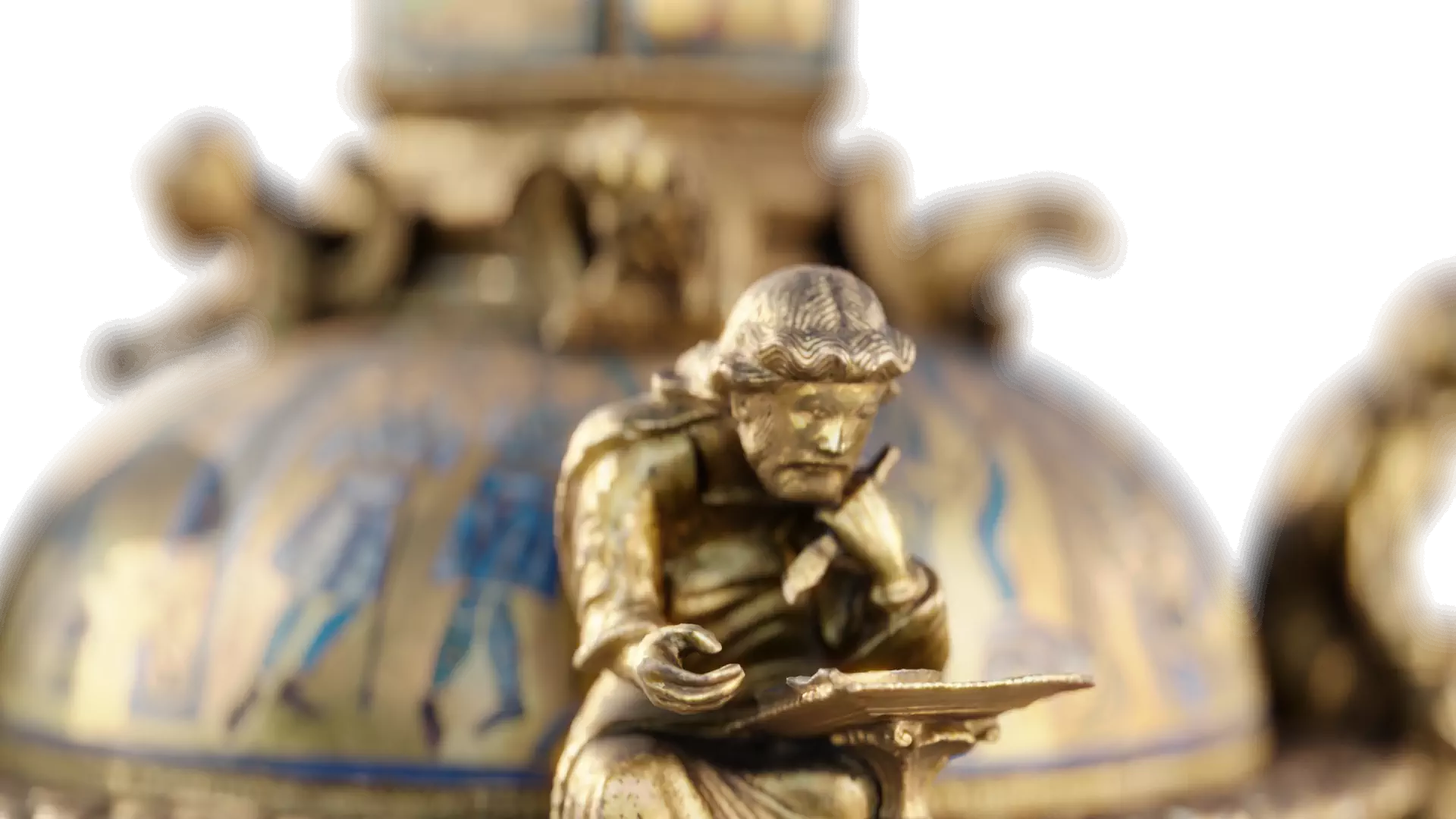
Medieval goldsmiths put to the test with digital modelling
The eThesaurus consortium is the result of collaboration between the University of Lille (UMR IRHiS) and the University of Liège (Geomatics unit and Art, Archaeology and Heritage research unit). It therefore brings together a Franco-Belgian team of art historians, academics and museum curators, as well as researchers in computer science and applied sciences. From the outset of the project (2018), the team was joined by the Roubaix-based company Holusion, working on methods for disseminating digital models through different media.
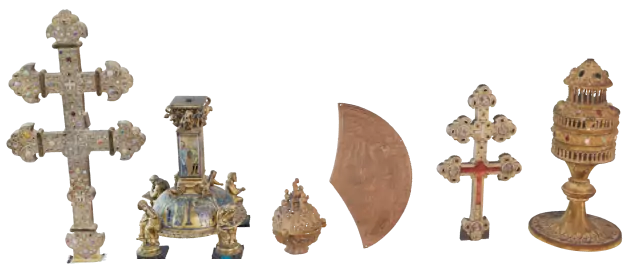
eThesaurus
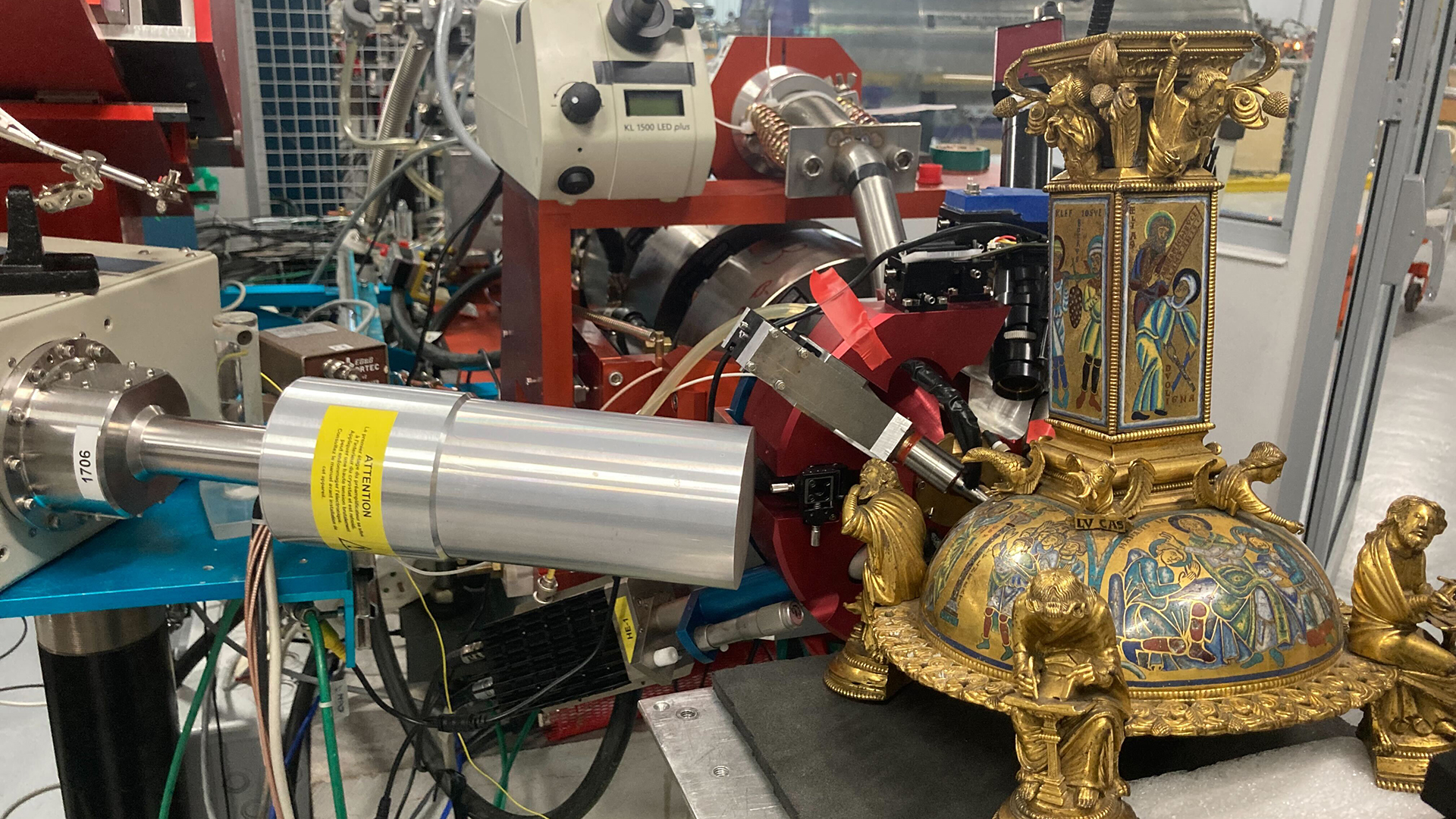
Its focus is on Northern goldsmiths' wares from the 12th-13th centuries, combined with physico-chemical and radiographic analyses, with the aim of deepening our understanding of the manufacturing techniques used for these objects and their materials. The information gathered in this way will be fed into the eCorpus online database, which will combine informative and analytical data with 3D models of the items studied.
eThesaurus is part of several calls for projects, of which it was a winner in 2017-2018, and again in 2020-2021. The first call was launched by the MAuVE (MédiAtions VisuElles) research structure: digital culture and creation, supported by several universities and the Hauts-de-France Region (CPER). The last was ADNI-2021 from DRAC-Hauts-de-France.
Outlook
The use of the eCorpus platform (as demonstrated by eThesaurus) enables wide, accessible distribution of 3D digital objects and their metadata. This platform aims to solve the problem of accessing and promoting digitized cultural and artistic heritage, which has long been limited to a restricted audience, often reserved for professionals in the field.

March 2022
Sorbonne University Abu Dhabi (SUAD) has acquired three holographic display cases (two small IRIS 22 models and one large IRIS 32 model). This acquisition from Holusion was designed to provide lecturers and students with a new 3D visualization tool to support lectures and/or research work.
March 2023
SUAD has completed this first acquisition by integrating the eCorpus system, set up as part of a new consortium afin to make it possible to manipulate previously digitized objects in holographic showcases and insert information into them.
This is a very important step for the university, enabling it to move from being a spectator to an actor, both in terms of manipulating objects and integrating information into them. SUAD was thus able to test oration of its data across two axes: art history, and science and engineering, producing content of various kinds ranging from historical context to microscopic photography. This was an opportunity for SUAD to experiment with the collaborative aspect of E-Corpus.
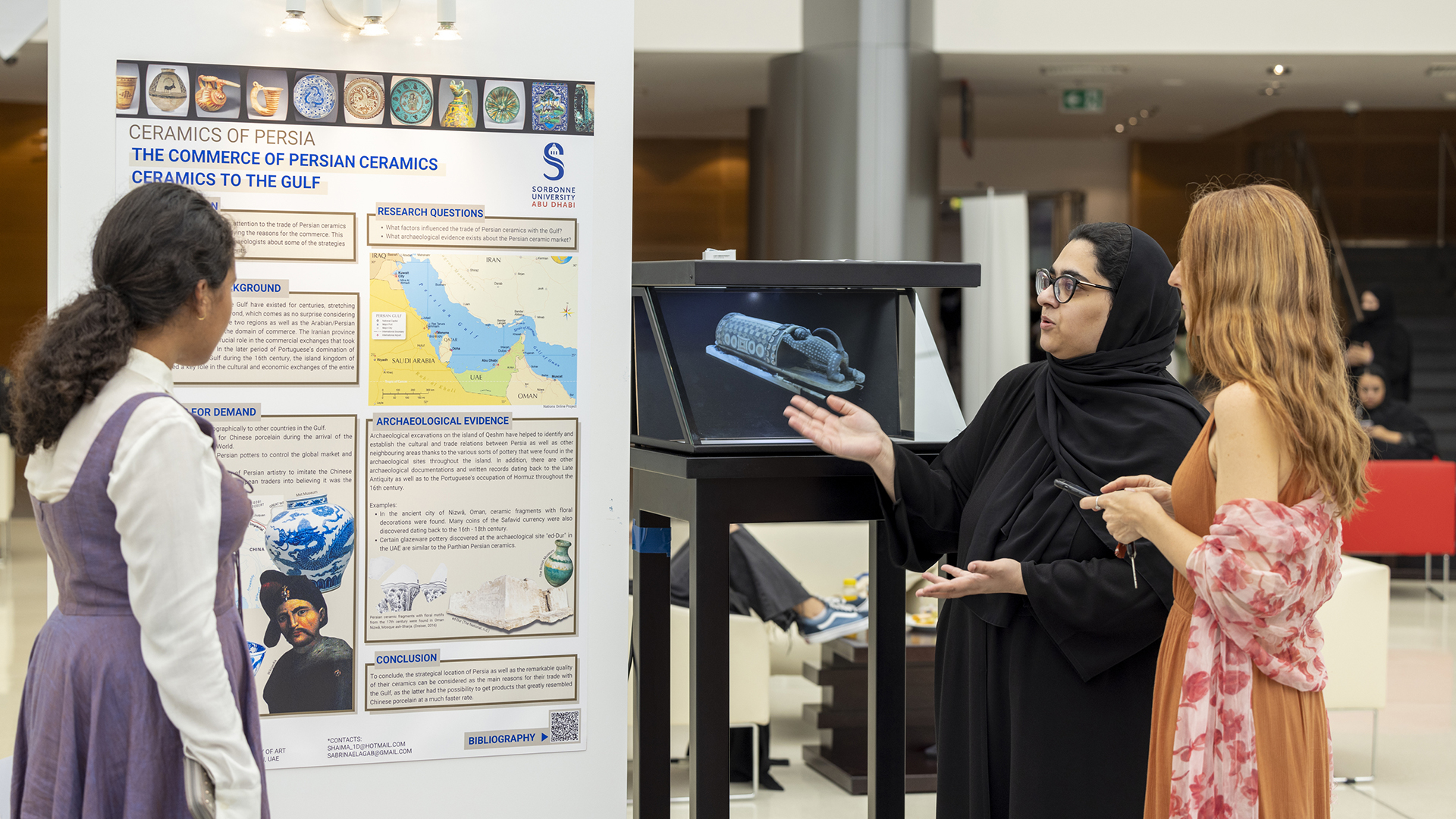
The recent inauguration of an exhibition of students' work on archaeological material from excavations carried out by SUAD and the DDCR (Dubai Desert Conservation Reserve) provided an opportunity to test this new system and present the results to a wide audience, including teaching professionals, museums and students. Their enthusiastic feedback testifies to the importance of this system for both museum and university establishments.
SUAD plans to reinforce this system within its establishment, to enable students to better understand the objects they will be studying. Students from the History of Art and Archaeology department have already had the opportunity to use these new tools, which were very intuitive and not time-consuming to learn. Now it's time to integrate them fully into the teaching curriculum and benefit from student feedback.
At the same time, SUAD is planning to collaborate with several cultural institutions in the Arabian Peninsula on this new device, in order to share this new approach to the study of an art object, which can also be the subject of mediation: digitizing an object, integrating all the research carried out, sharing it and promoting it.
We would like to thank OPUS (Observatoire Paris Sorbonne Université), Christophe Moulherat and Delphine Sylvilay for their contribution to this project, as well as all the partners who helped make this technological breakthrough possible in the service of culture and digital heritage. We hope that this breakthrough will encourage new collaborations, research and discoveries in this constantly evolving field.




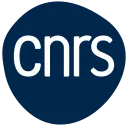











The team
| Laboratory / Institution | Name | Position | Area of expertise |
|---|---|---|---|
| IRHiS–UMR 8529 (Univ. Lille, CNRS) | GIL Marc | Lecturer | History of Medieval Art |
| Centre Européen d’Archéométrie, Unité de Géoma-tique/DIVA, University of Liège | HALLOT Pierre | Lecturer | Documentation, Interpretation, and Enhancement of Heritage and Architecture; Archaeometry |
| Centre Européen d’Archéométrie, Unité de Géoma-tique/DIVA, University of Liège | AUBRY Christine | Research Engineer | History of Art, History, Archaeology |
| Centre de recherche universitaire lorrain d’Histoire (CRULH) – University of Lorraine-Pôle de Nancy | TIXIER Frédéric | Lecturer - Associate Researcher at IRHiS | History of Medieval Art |
| Palais des Beaux-Arts of Lille | RAYMOND Florence | Heritage Conservation Officer | History of Art - Heritage |
| Musée de Cluny-musée national du Moyen Âge (Paris) | DESCATOIRE Christine | Chief Curator - Associate Researcher at IRHiS | History of Art - Heritage |
| Musée de l’hôtel Sandelin, Saint-Omer | SAFFRÉ Romain | Director of the Saint-Omer Museums, Heritage Curator | History of Art - Heritage |
| Trésor de la cathédrale de Liège | GEORGE Philippe | Curator for Trésor de la cathédrale de Liège | Medieval Historian |
| Agence wallonne du Patrimoine | MAQUET Julien | Head of the AWAP Promotion Service | Medieval Historian |
| Holusion SAS | GUILLAUMONT Thibault | Engineer | Industrial Engineering |
| Holusion SAS | DUMETZ Sebastien | Engineer | Electronic Engineering |
| IRHiS–UMR 8529 (Univ. Lille, CNRS) | BAILLIEUL Élise | Lecturer | Medieval Art Historian |
| IRHiS–UMR 8529 (Univ. Lille, CNRS) | BEAUD Mathieu | Lecturer | Medieval Art Historian |